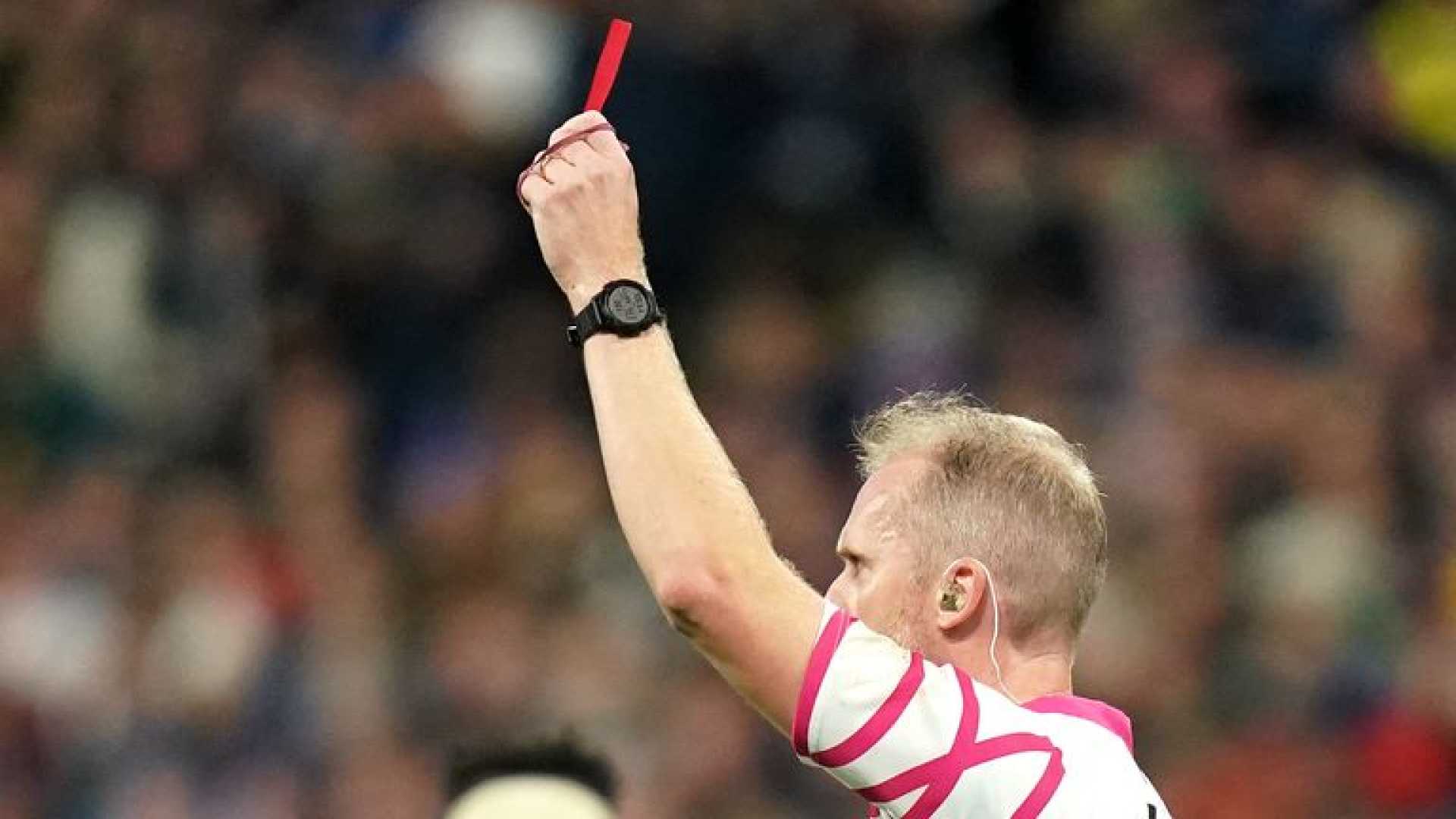Sports
Controversy Surrounds Introduction of 20-Minute Red Card in Rugby

In the realm of international rugby, rules and regulations are in constant flux as administrators strive to enhance player safety and engage audiences. A recent amendment, originating from the Southern Hemisphere, has sparked debate: the introduction of a 20-minute red card. This adjustment has been proposed and implemented by SANZAAR, the governing body that includes South Africa, Australia, New Zealand, and Argentina. Their proposal modifies the traditional red card penalty, allowing a sent-off player to be replaced after 20 minutes, rather than being excluded for the remainder of the game.
This change is partly a response to the strict enforcement of rules regarding high tackles by World Rugby, which has resulted in an increase in player dismissals. SANZAAR decided to trial this modification during the recent Super Rugby Pacific and Rugby Championship tournaments, leading to considerable controversy.
Among the critics is Nigel Owens, a former international referee respected worldwide for his contributions to the sport. Owens has expressed his disapproval of the 20-minute red card system. “I’m against the measure,” he stated, noting that a red card should symbolize a serious breach, such as reckless conduct or violence endangering another player. “If you are sent off, you deserve to be off the field,” he emphasized, questioning the rationale behind this partial penalty.
Owens further argued that reducing the red card penalty to 20 minutes is merely “covering the cracks,” and highlighted the need for clear definitions of offenses warranting such a sanction. The ex-referee mentioned that, during the trials, there was no noticeable change in player behavior, with reckless and careless actions persisting. “I don’t know if this new introduction has made any great difference,” concluded Owens, underlining the complexity and challenges in refining rugby’s disciplinary frameworks.












